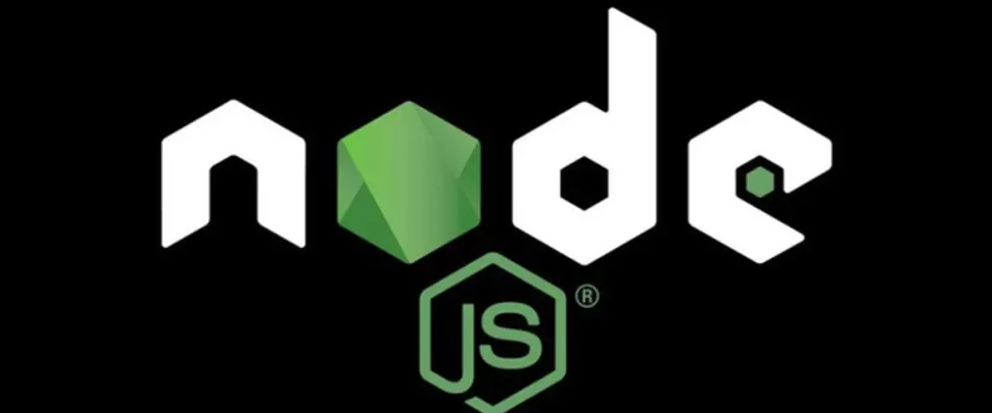
JavaScript is a popular programming language that is commonly used for web development, and there are many technologies that use JavaScript as their primary or secondary language. Here are a few examples of JavaScript technologies that are popular and likely to continue to be in demand in the coming years:
1. React:

React is a JavaScript library for building user interfaces. It is known for its declarative style and efficient rendering, making it a popular choice for building complex, interactive web applications. It was developed by Facebook and is widely used for building web applications.
Pros of using React:
- Declarative: React makes it easy to build interactive, declarative UIs by providing a declarative syntax for describing the desired state of the interface.
- Efficient rendering: React uses a virtual DOM (Document Object Model) to optimize updates to the actual DOM, which can make applications built with React more performant than those built with other libraries or frameworks.
- Reusable components: React encourages the use of reusable, self-contained components, which can make it easier to build and maintain large, complex applications.
- Strong developer community: React has a large and active developer community, which means that there is a wealth of online resources, libraries, and tools available to help developers build with React.
Cons of using React:
- Steep learning curve: React has a steep learning curve, particularly for developers who are new to front-end development. It requires a solid understanding of JavaScript and the principles of functional programming.
- Large size: React applications can have a large footprint, which can be a drawback for developers who are building lightweight applications or are concerned about the performance of their applications on mobile devices.
- Lack of a defined way of doing things: React does not have a defined way of doing things like other frameworks such as Angular, which can make it harder for developers who are new to the library to get started.
Again, these are just a few examples of the pros and cons of using React, and the suitability of the library for a given task can depend on a variety of factors such as the specific goals, the target platform, and the developer’s experience and preferences.
2. Angular:

Angular is a JavaScript framework for building web applications. It is a complete, full-featured framework that is designed to make it easy to build single-page applications (SPAs) and mobile applications.
Some pros of using Angular include:
- Angular is built on top of TypeScript, which is a typed superset of JavaScript that can help improve the reliability and maintainability of code.
- Angular has a large and active community, which means that there is a wealth of resources and support available for developers.
- Angular provides a comprehensive set of features that can help speed up the development process, including a powerful templating system, a dependency injection system, and a robust set of built-in services.
- Angular uses a declarative style of programming, which can make it easier to understand and maintain complex codebases.
Some potential cons of using Angular include:
- Angular can have a steep learning curve, especially for developers who are new to web development.
- Angular applications can sometimes be more complex and require more code than other frameworks, which can make them more difficult to maintain.
- Angular may not be the best choice for building very simple applications, as it is a full-featured framework that may be overkill for small projects.
Overall, whether Angular is the right choice for a given project will depend on the specific goals and requirements of the project, as well as the experience and preferences of the developer.
3. Vue.js:

Vue.js is a JavaScript library for building user interfaces. It is known for its simplicity and lightweight nature, making it a good choice for building small, interactive web applications.
Pros of Vue.js:
- Small size:js has a small size, making it easy to include in web applications.
- Reactive components: Vue.js uses a reactive component model, which means that the framework automatically updates the view when the data changes. This can help reduce the amount of boilerplate code that is needed to update the view when the data changes.
- Virtual DOM: Vue.js uses a virtual DOM (Document Object Model), which means that it only updates the parts of the view that have changed, rather than re-rendering the entire view. This can help improve the performance of web applications.
- Comprehensive documentation: Vue.js has comprehensive documentation, which makes it easy for developers to get started with the framework.
Cons of Vue.js:
- Limited adoption: Vue.js is not as widely adopted as some other JavaScript frameworks, which means that there may be a smaller community of developers who are familiar with the framework.
- Lack of support for older browsers: Vue.js does not support older browsers, which means that web applications built with Vue.js may not work on older devices.
- Steep learning curve: Vue.js has a steep learning curve, which means that it may take longer for developers to become proficient with the framework.
Overall, Vue.js is a popular choice for building interactive web applications due to its simplicity and lightweight nature. However, it may not be the best choice for every project, and it is important to consider the specific requirements and constraints of a project when choosing a JavaScript framework.
4. Node.js:

Node.js is a JavaScript runtime that is built on Chrome’s V8 JavaScript engine. It allows developers to run JavaScript on the server side, enabling the creation of scalable, high-performance web applications.
Pros:
- Asynchronous and event-driven: Node.js is designed to be highly scalable and efficient, thanks to its asynchronous, event-driven architecture. This makes it well-suited for real-time applications such as chat apps, online games, and live sports updates.
- Fast: Node.js is built on Chrome’s V8 JavaScript engine, which is known for its fast performance. This allows Node.js applications to execute code quickly and efficiently.
- Wide ecosystem: Node.js has a wide ecosystem of libraries and frameworks, making it easy to find tools and modules for a variety of tasks.
Cons:
- Asynchronous programming can be difficult: The asynchronous, event-driven nature of Node.js can be challenging for developers who are accustomed to synchronous, blocking languages.
- Single-threaded: js is single-threaded, which means that it can only execute one task at a time. This can be a limitation for applications that require a lot of CPU-intensive work, as the application may become unresponsive while the task is being executed.
- Limited support for older browsers: Node.js may not be compatible with older browsers that do not support modern JavaScript features. This can limit the reach of Node.js applications to users of these older browsers.
There are many other JS Frameworks that can be used to create a stunning and interactive Web Application. Some of them are Next.js, Gatsby, etc.
Again, these are just a few examples of the many JavaScript technologies that are available for web development, and the best technology for a given task can depend on a variety of factors such as the specific goals, the target platform, and the developer’s experience and preferences.
Conclusion:
It is difficult to determine a definitive “best” JavaScript language or technology, as the ideal choice for a given task can depend on a variety of factors such as the specific goals, the target platform, and the developer’s experience and preferences. All of these technologies have their own strengths and are suitable for different types of projects. For example, React is a popular choice for building complex, interactive web applications, and Vue.js is a popular choice for building static and serverless websites. Ultimately, the best JavaScript technology for a given project will depend on the specific needs and goals of the project. It is generally a good idea to evaluate the available options and choose the one that best meets the requirements of the project.
Important Note: Please note that the information presented in this article is for general knowledge only and is not intended to be taken as professional or expert advice. While we have made every effort to ensure that the information is accurate and up-to-date, we do not validate the information in any way and cannot guarantee its accuracy or reliability. For specific or professional advice, we recommend consulting with experts in the relevant field. The content of this article should not be relied upon for making any decisions or taking any actions, and we do not accept any responsibility for the accuracy or reliability of the information presented.













